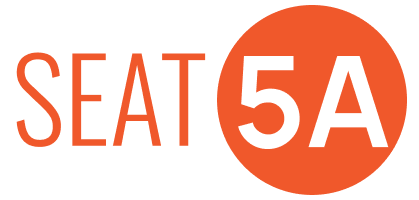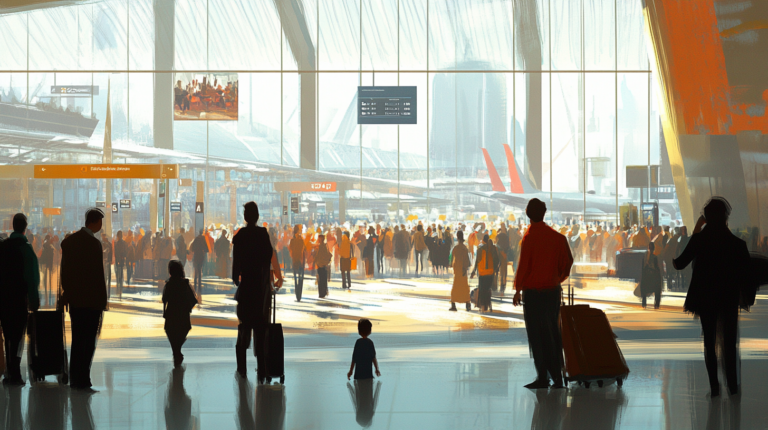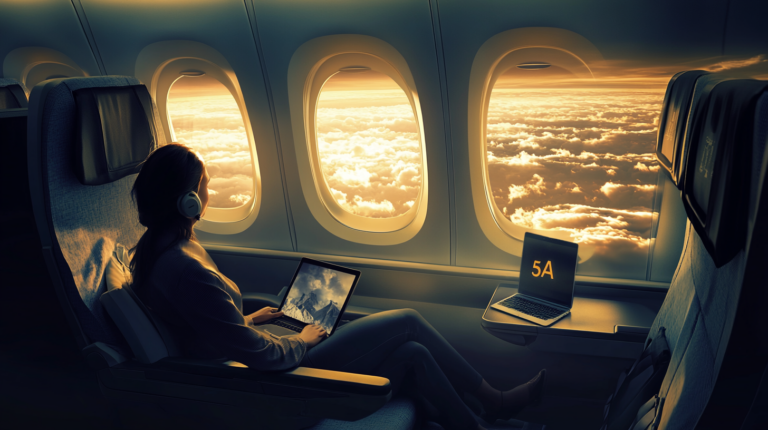Essential Business Travel Checklist for a Seamless Trip

Business travel can be both exhilarating and daunting. The prospect of forging new connections, exploring emerging markets, and sealing pivotal deals is undeniably exciting. However, the complexities of travel planning—juggling itineraries, coordinating logistics, and navigating unfamiliar environments—can be overwhelming and stressful. A thorough business travel checklist serves as a vital tool, streamlining the process and ensuring that no crucial detail is overlooked. This comprehensive guide delves into every facet of business travel planning, from meticulous pre-trip preparations to thoughtful post-trip follow-ups, empowering you to stay organized, reduce stress, and remain laser-focused on achieving your professional objectives.
Pre-Travel Planning
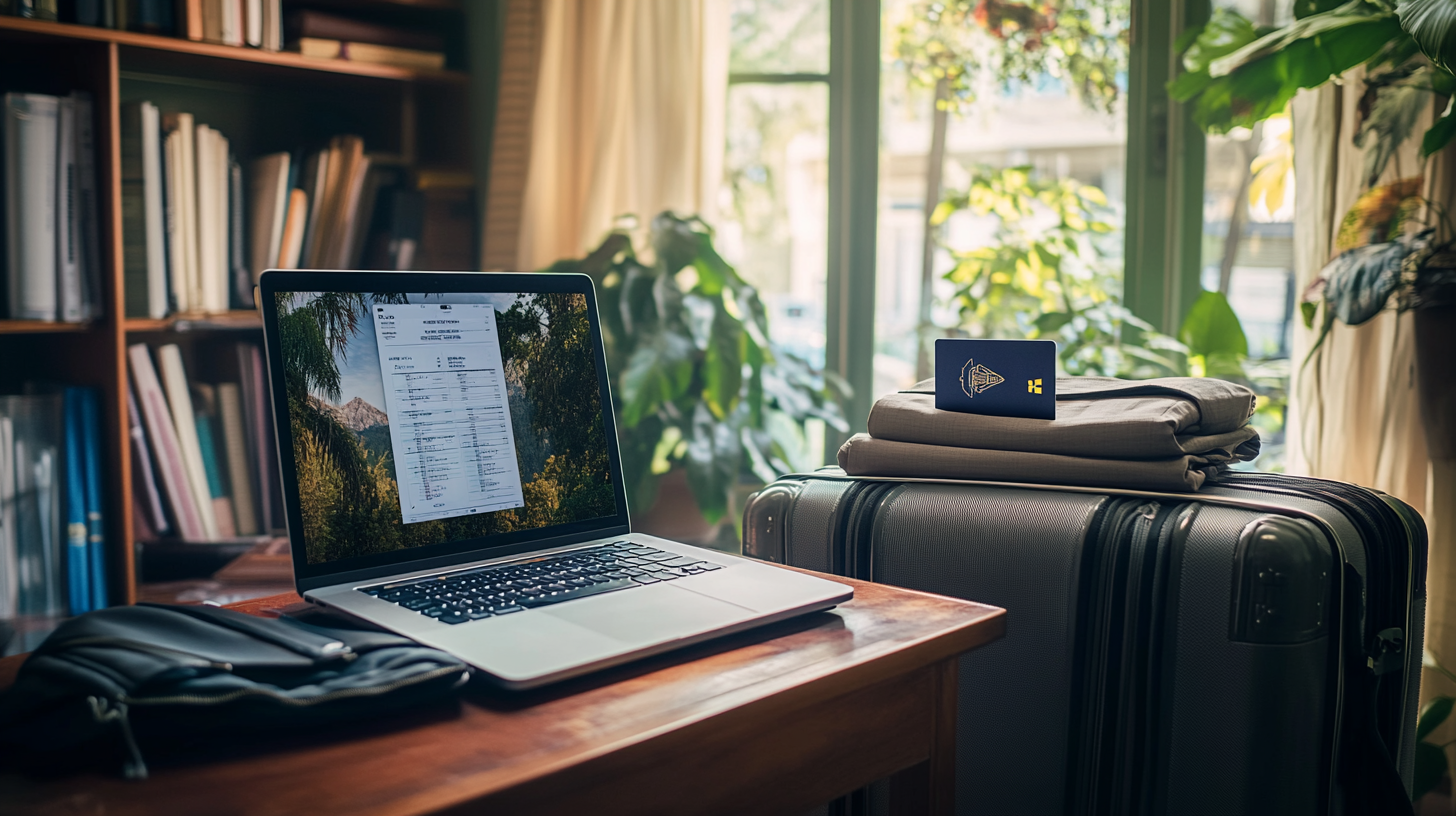
Clarify Travel Responsibilities
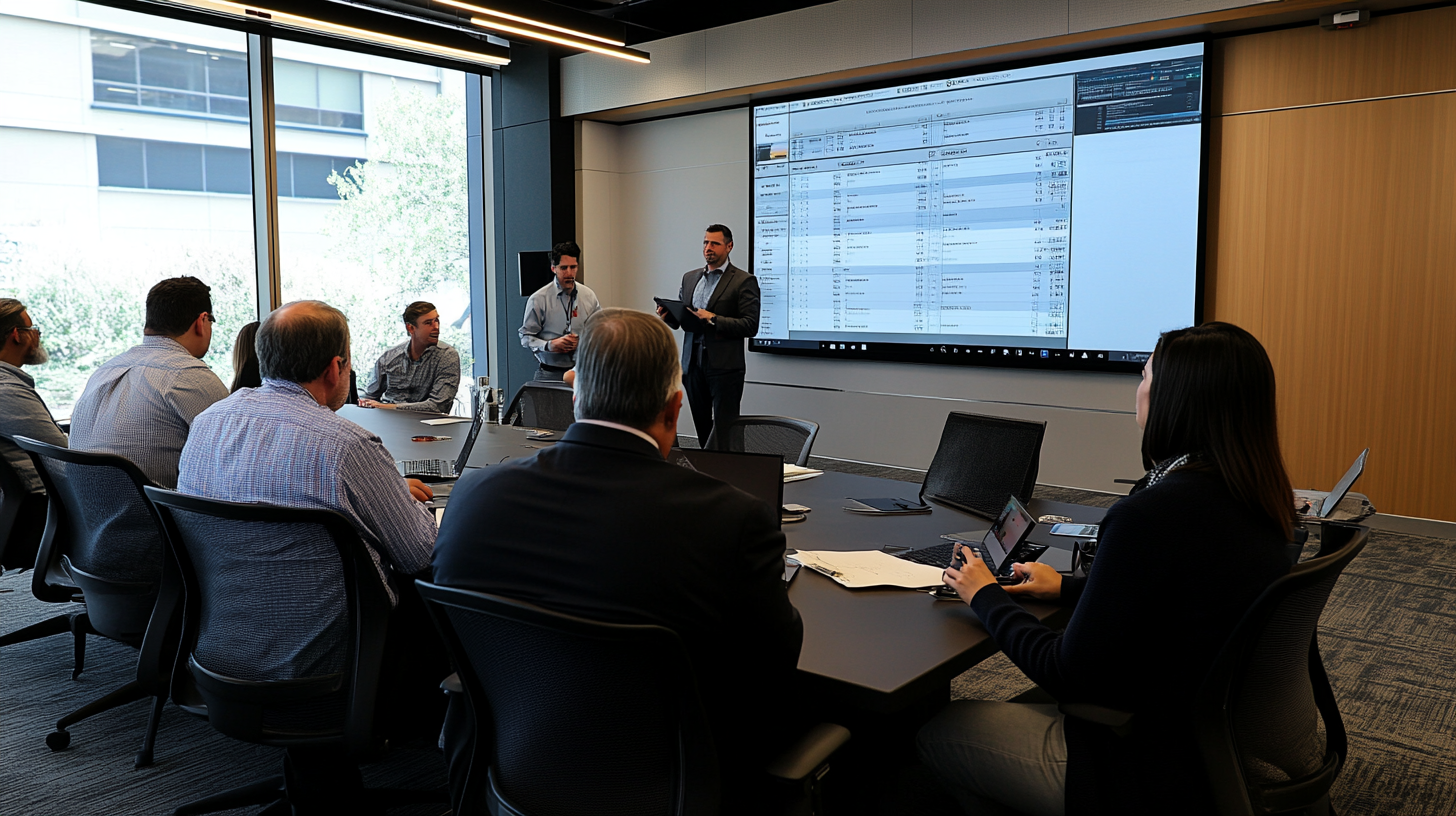
Before embarking on your trip, it’s crucial to establish who is responsible for various aspects of the travel planning. Determine whether you, an assistant, or a travel department will handle booking flights, accommodations, and ground transportation. Clearly defining these roles from the outset prevents overlapping efforts, reduces the risk of miscommunication, and ensures that all logistical details are attended to efficiently. Utilizing collaborative planning tools, such as shared calendars or project management software, can facilitate coordination among team members, keeping everyone informed and aligned.
Booking Flights and Accommodations
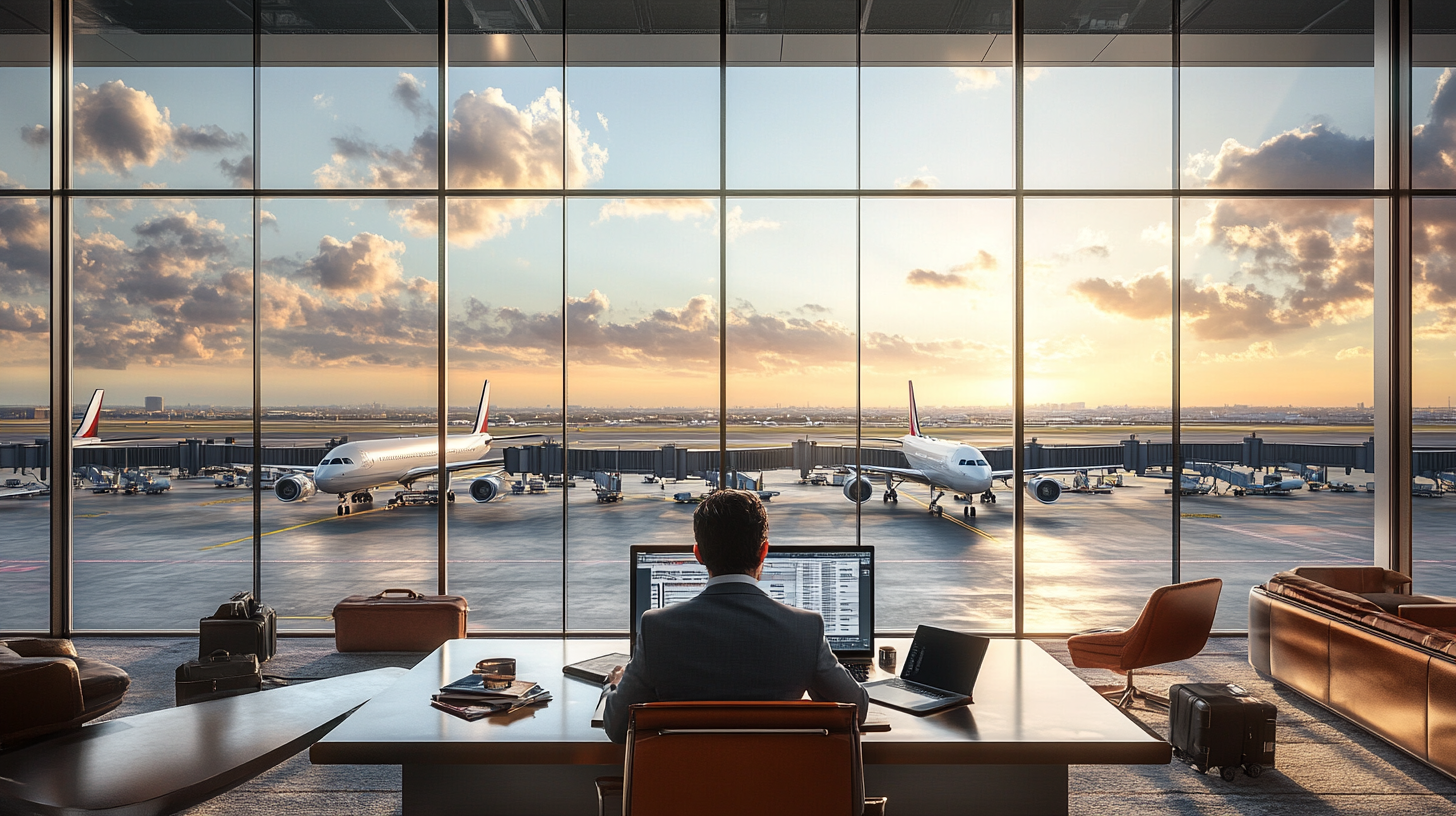
Cost-Effective Booking
Effective budgeting is key to a successful business trip. Seek out cost-effective options for flights and accommodations by comparing prices across various platforms and booking in advance whenever possible. Consider booking flights during off-peak hours or days to secure better rates. Implementing methods from comprehensive guide to cost-effective business travel booking can lead to significant savings. Utilize airlines and hotels with flexible booking policies to accommodate any unforeseen changes in your schedule without incurring hefty fees. Employing these strategies can prevent budget overruns and allow for reallocating resources to other important areas of your business endeavors.
Loyalty Programs
Enroll in airline and hotel loyalty programs to reap benefits such as priority boarding, free upgrades, and access to exclusive lounges. These programs often offer points or miles for each trip, which can be redeemed for future travel, providing cost savings over time. Furthermore, loyalty programs may grant you additional perks like complimentary meals, extra baggage allowance, or express check-in services, enhancing your overall travel experience.
Alternative Accommodations
Traditional hotels aren’t the only option for business travelers. Exploring options like serviced apartments or boutique accommodations, as discussed in benefits of alternative accommodations for business travelers , can offer amenities like kitchen facilities, living spaces, and dedicated workspace areas. These alternatives can provide a more comfortable and convenient stay, especially for extended trips. Having access to a kitchen allows for healthier meal choices and cost savings on dining out, while spacious living areas can serve as informal meeting spaces.
Organizing Work Tasks

Prior to departure, organize your workload to ensure continuity in your absence. Notify colleagues and clients of your travel dates and designate team members to handle urgent matters. Setting up an out-of-office email response can inform contacts of your unavailability and provide alternative points of contact. Update your calendar with all meetings, appointments, and deadlines to stay on track during your trip. Utilizing strategies outlined in effective workload management for traveling professionals can help maintain productivity and ensure that no critical tasks fall through the cracks.
Securing Travel Documents
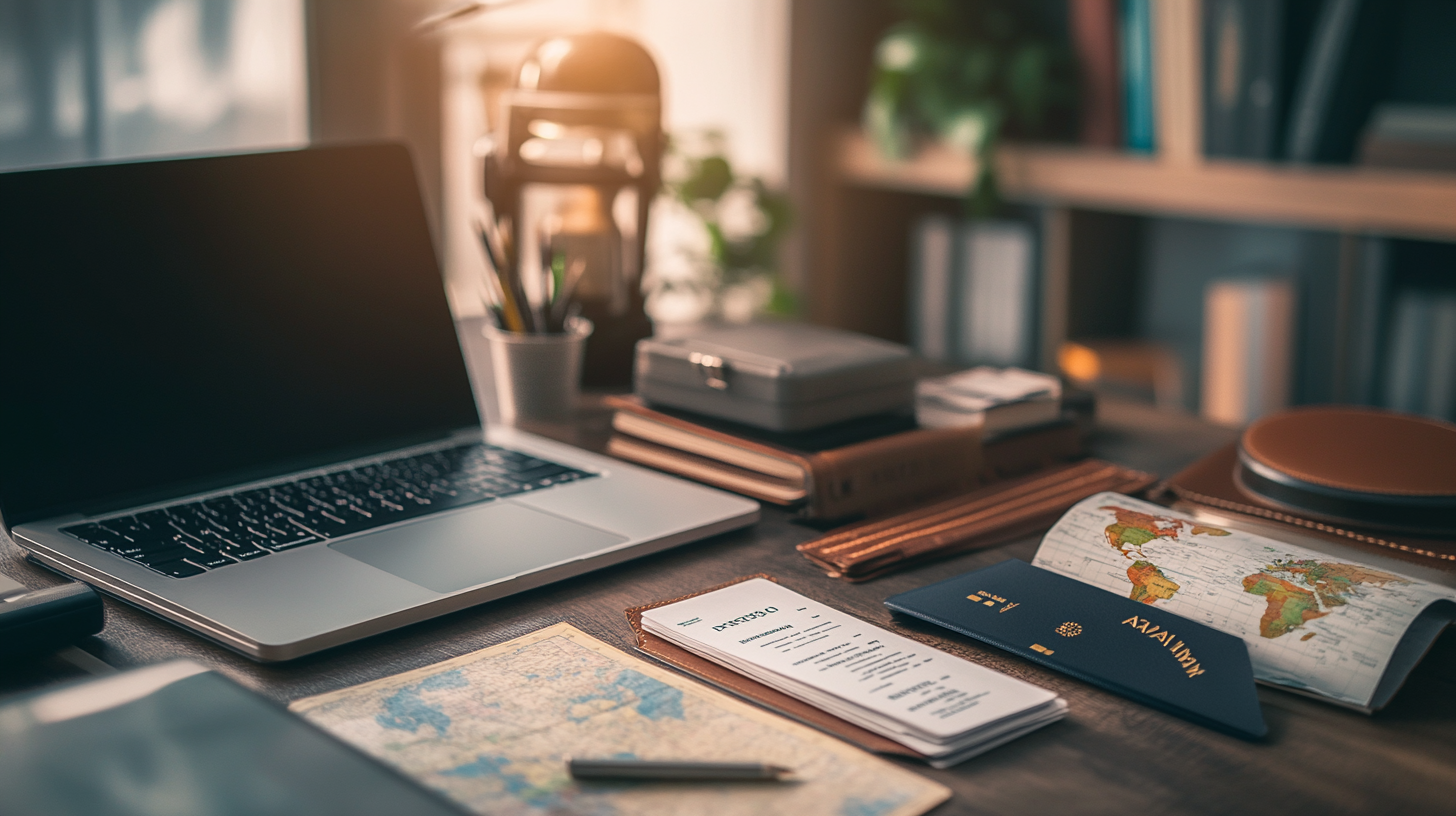
Compile all necessary travel documents well in advance, checking for expiration dates and ensuring that any required visas are obtained timely. This includes your passport, visas, driver’s license, and any required vaccination certificates. Some countries have specific entry requirements, such as blank passport pages or minimum validity periods, so verify these details ahead of time. Having digital and physical copies of these documents, as recommended in comprehensive checklist for essential travel documents , can expedite procedures like hotel check-ins and airport security checks and serves as a backup in case of loss or theft.
Home Responsibilities

Ensure that your home is secure and your personal responsibilities are managed during your absence. Arrange for pet care, whether through professional services or trusted friends and family. Hold mail deliveries or have someone collect your mail to prevent overfilled mailboxes, which can signal absence to potential intruders. Adjust thermostat settings to conserve energy, and consider using timers on lights to give the appearance of occupancy. Inform neighbors or security services of your travel plans to maintain peace of mind. As highlighted in detailed home security measures for travelers , taking these steps can help safeguard your home while you’re away.
Packing Essentials
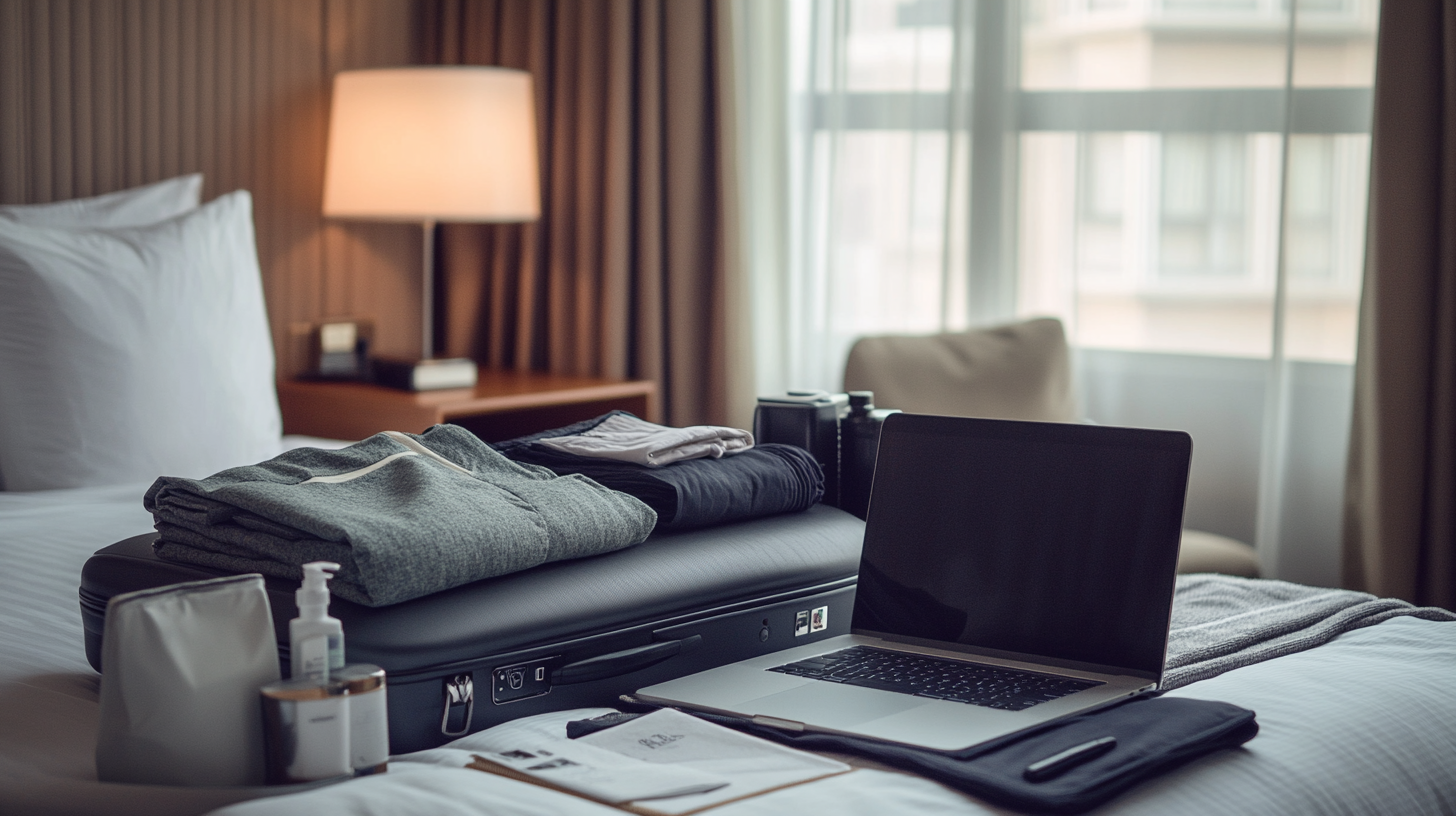
Travel Documents
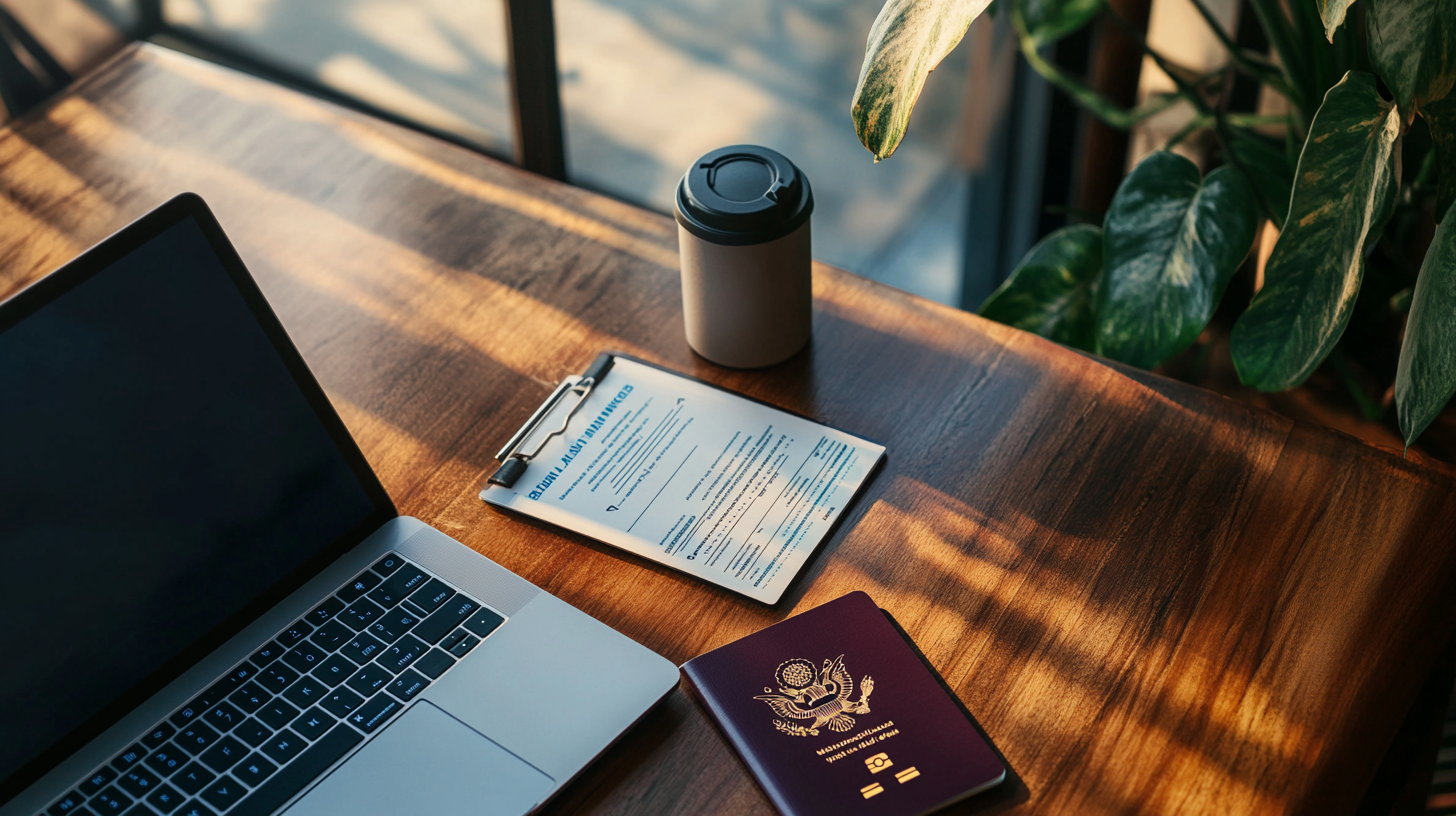
Consider investing in a dedicated travel folder or organizer to keep all your important documents in one place. Include your tickets, hotel confirmations, itinerary, boarding passes, and any necessary work permits or letters of invitation. Organizing these items chronologically can further streamline your journey, allowing quick access when needed. Keeping these items accessible not only simplifies navigation through airports and check-in processes but also reduces stress by having everything you need at your fingertips.
Electronic Devices and Accessories
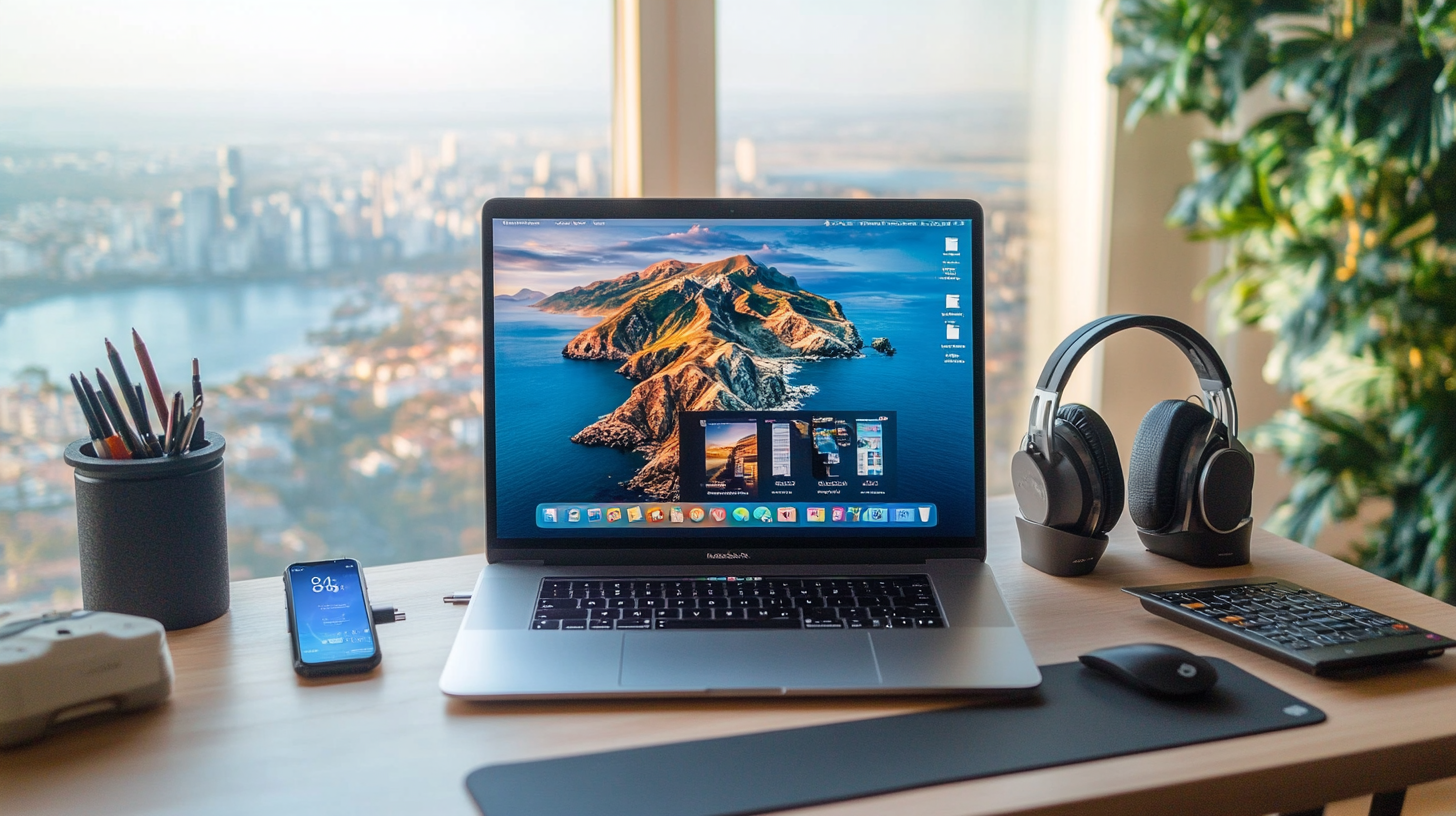
Protecting Electronics
Electronics are indispensable tools for modern business travelers, serving as hubs for communication, information, and productivity. Protect your devices, especially laptops and tablets, with appropriate cases or sleeves to prevent damage from bumps and impacts. Screen protectors can also safeguard against scratches. Consider using carry-on luggage to keep these valuable items with you at all times, reducing the risk of loss or theft in checked baggage. Additionally, backing up important data before your trip and enabling device tracking features can provide extra security. Implementing security measures from protecting electronic devices during travel can safeguard your equipment and data.
Essential Tech Gear
Pack all necessary chargers, adapters, and backup batteries, ensuring you have the means to keep all devices powered throughout your trip. A universal travel adapter is invaluable when traveling internationally, accommodating different plug types and voltages. Organize your cables using cable ties or pouches to prevent tangling. Don’t forget peripherals like a wireless mouse for ease of navigation, noise-canceling headphones for a distraction-free work environment, and portable Wi-Fi hotspots to maintain internet connectivity when reliable networks are unavailable. Carrying a power bank can be particularly useful during long flights or layovers. Referencing the essential tech gear checklist for business travelers can help ensure you have all the necessary equipment.
BYOD Considerations
If your company has a Bring Your Own Device (BYOD) policy, ensure your devices are compliant with security protocols. This may include installing antivirus software, setting up VPN access, or enabling multi-factor authentication. Install necessary software and apps beforehand to facilitate seamless connectivity and access to work resources. Be mindful of data privacy laws in the destination country, and avoid accessing sensitive information on unsecured networks. Following guidelines from BYOD policies and security for business travelers can help maintain compliance and data security.
Health and Personal Care Items
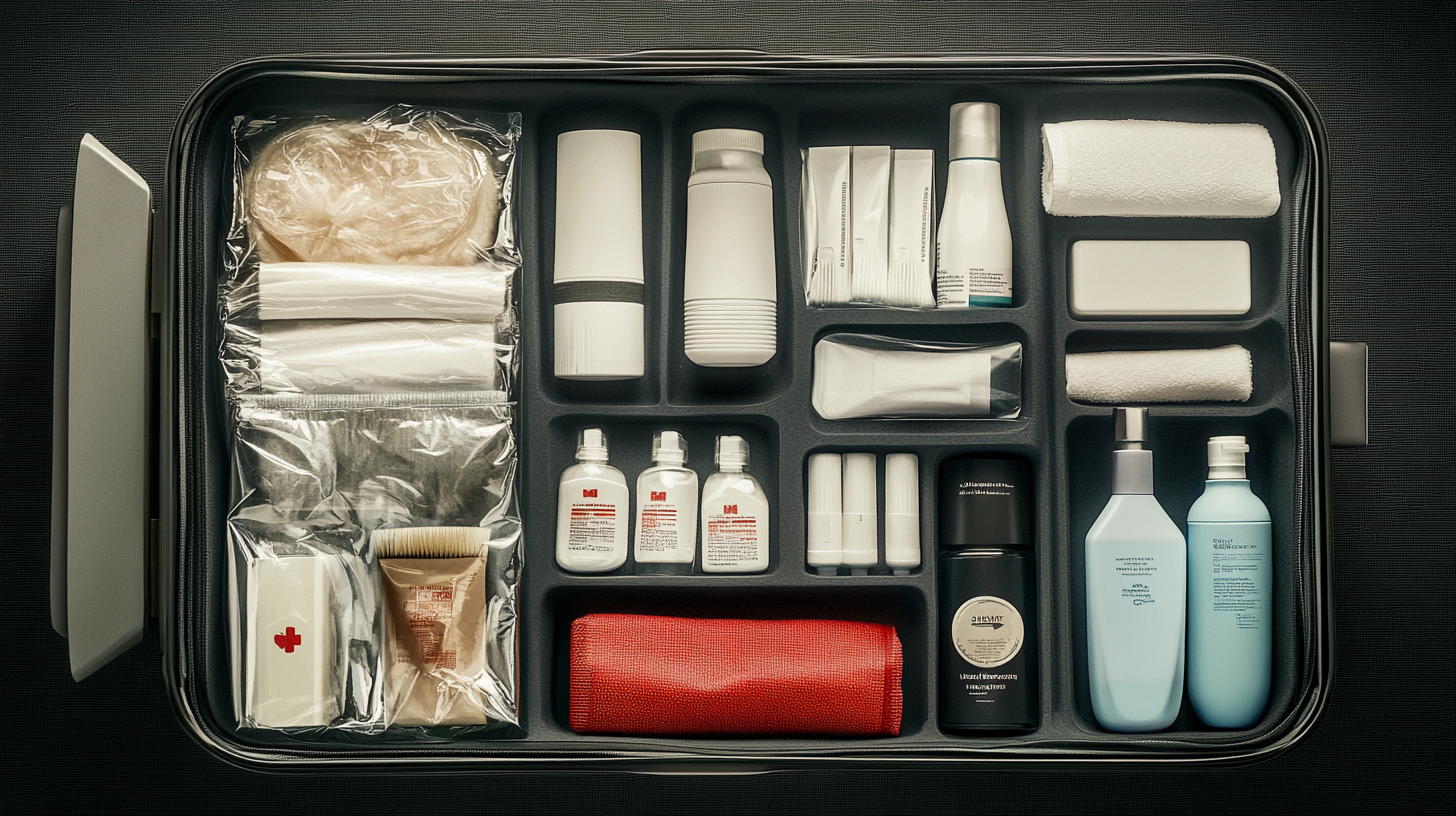
Your well-being is essential for peak performance during business travel. Pack personal medication, ensuring you have enough for the duration of your trip plus a few extra days in case of delays. Keep medications in their original labeled containers to avoid issues with customs. A basic first-aid kit, including items like band-aids, pain relievers, and antiseptic wipes, can be helpful for minor ailments. Any health supplements or vitamins should also be included. Include personal care items in travel-friendly sizes to comply with airline regulations, remembering the liquids rule for carry-on baggage. Familiarity with health facilities at your destination can provide peace of mind in case of emergencies. As highlighted in comprehensive health checklist for business travelers , taking proactive steps can help maintain health during travel.
Business Attire

Wrinkle-Free Clothing
Select wrinkle-free and travel-friendly business attire to maintain a professional appearance without the need for ironing. Opt for garments made from materials like wool blends, polyester, and other synthetic fabrics that resist creasing and are easy to care for. Packing techniques, such as rolling clothes or using garment bags, can further minimize wrinkles. Some travelers also use packing hacks like placing tissue paper between folds to reduce friction. Utilizing strategies from packing wrinkle-free business attire for travel can help you arrive looking your best.
Versatile Clothing Choices
Opt for versatile pieces that can be mixed and matched to create different outfits, maximizing your wardrobe options while minimizing luggage space. Choose neutral colors and classic styles that can transition from day to night or from formal meetings to casual networking events with minimal adjustments. Accessories like ties, scarves, or jewelry can add variety and personalization to your outfits without taking up much space. Following tips from creating a versatile business travel wardrobe can simplify packing and ensure you’re prepared for any occasion.
Footwear
Comfortable yet professional footwear is a must, as you may spend considerable time on your feet navigating airports, attending meetings, or exploring the city. Consider packing multi-purpose shoes that are suitable for both professional settings and casual outings. Ensure your shoes are broken in to avoid discomfort or blisters. Packing shoes in separate bags keeps your luggage clean and organized. Referencing choosing the best footwear for business travel can assist in selecting appropriate options.
Organization Tools
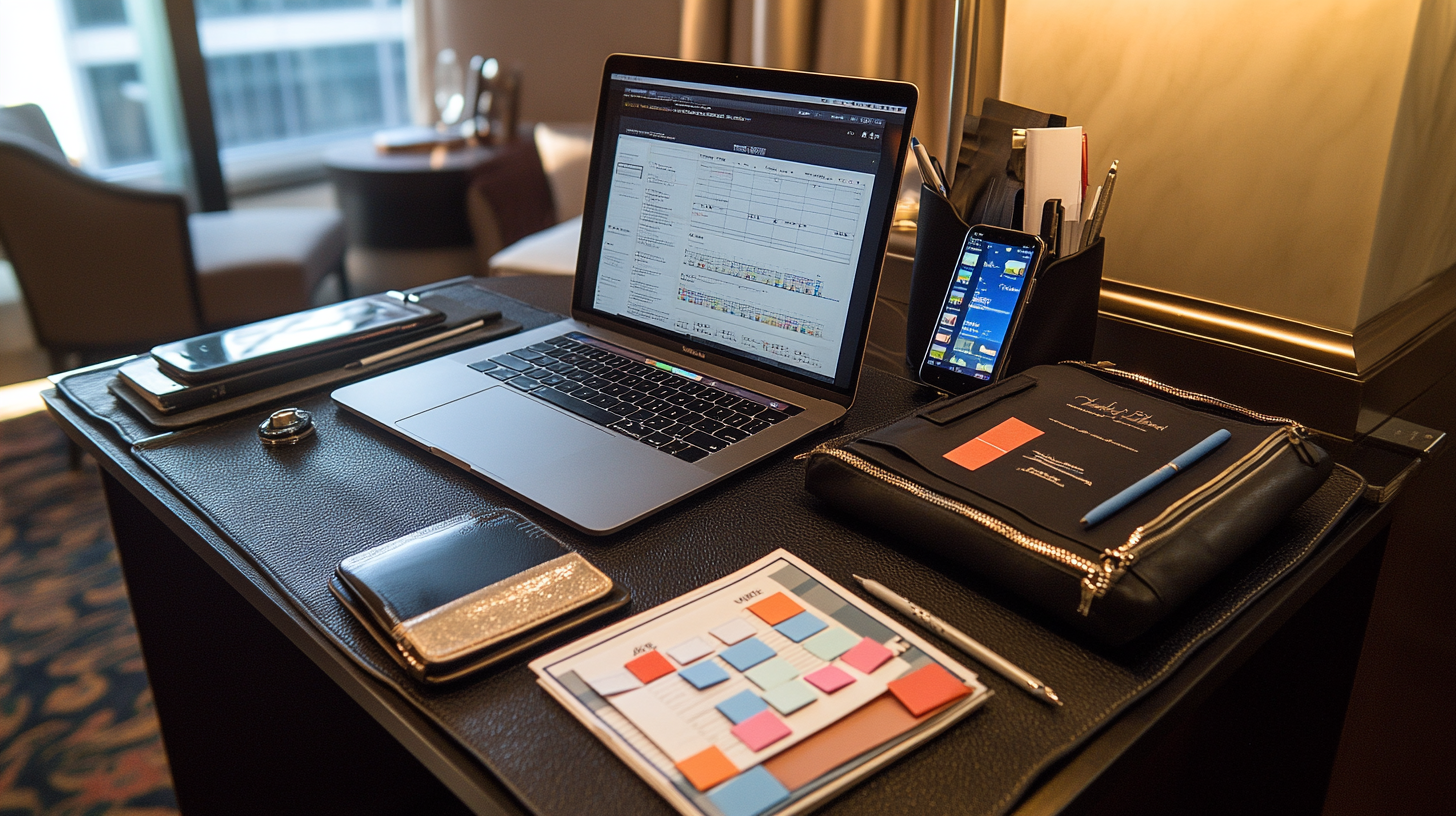
Packing cubes and organizers can significantly enhance your packing efficiency by compartmentalizing clothing and accessories. Using different cubes for categories like shirts, pants, undergarments, and accessories makes it easier to find items quickly without unpacking your entire suitcase. Some travelers color-code their packing cubes for even faster identification. Additionally, these tools help maximize space and keep your luggage orderly throughout your trip, reducing stress and saving time. Implementing methods from how to use packing cubes effectively can optimize your packing process.
Travel Accessories
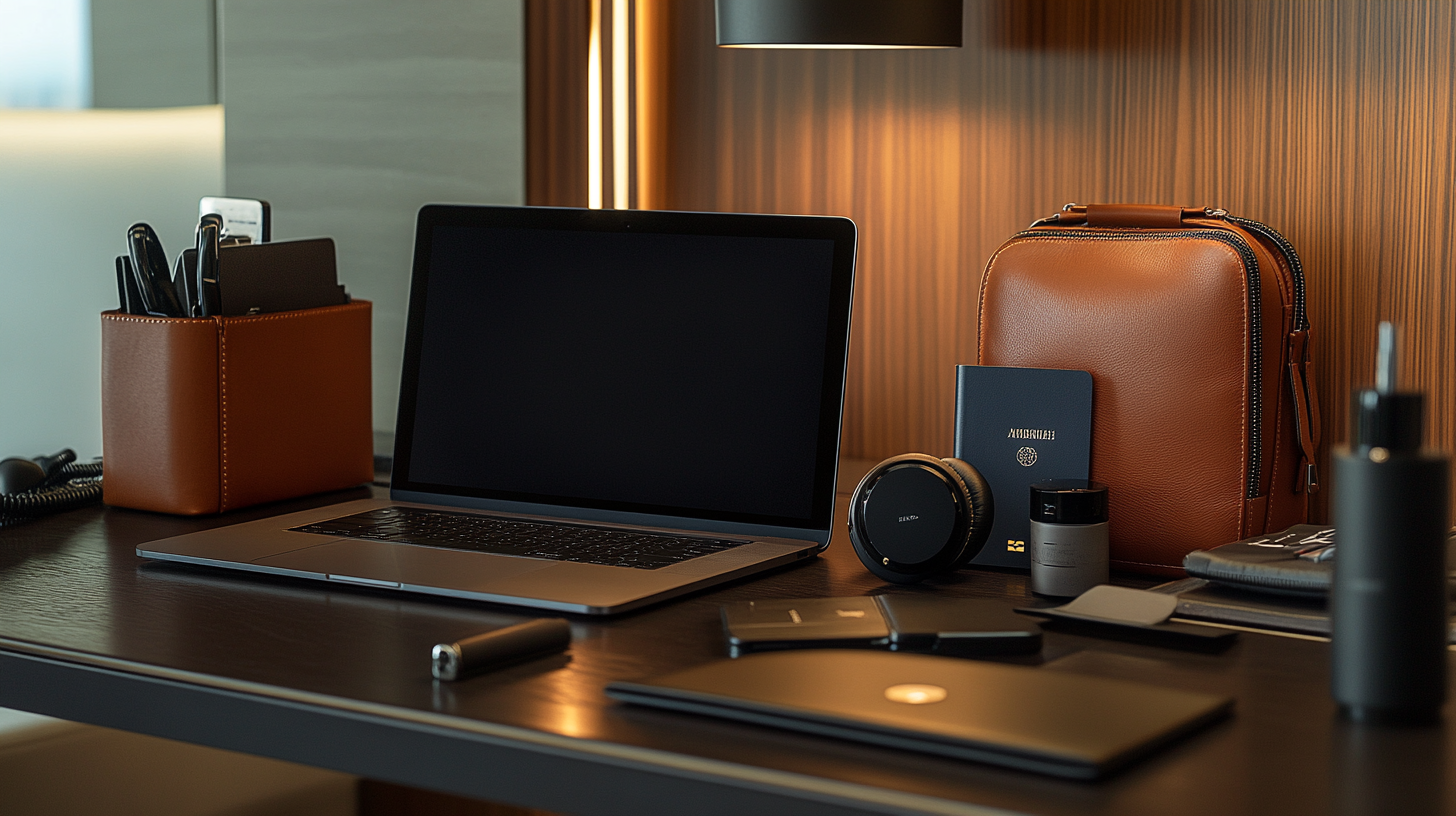
TSA Precheck and Global Entry
Enrolling in trusted traveler programs like TSA Precheck or Global Entry can expedite security screenings and customs processes, significantly saving valuable time. TSA Precheck allows expedited security screening for flights departing from U.S. airports, where you’ll enjoy shorter lines and won’t need to remove shoes, belts, or light jackets. Global Entry provides all the benefits of TSA Precheck plus expedited U.S. customs screening for international air travelers when entering the United States. These programs require a background check and an application fee but can greatly reduce travel-related stress over frequent trips. Details on eligibility and application can be found in guide to TSA Precheck and Global Entry enrollment .
Travel Apps
Leverage travel apps for real-time updates on flights, weather, and local transportation, enhancing your ability to adapt to changes swiftly. Flight tracker apps can alert you to gate changes or delays, while local transit apps can help navigate public transportation in unfamiliar cities. Expense-tracking apps can simplify the process of recording business expenses for reimbursement purposes, allowing you to scan receipts and categorize expenses on the go. Additionally, language translation apps can assist in communicating when traveling abroad. Ensure all apps are updated before your trip to take advantage of the latest features and security enhancements. Incorporating tools from top travel apps for business travelers can streamline your journey.
During Travel

Navigating Airports and Delays
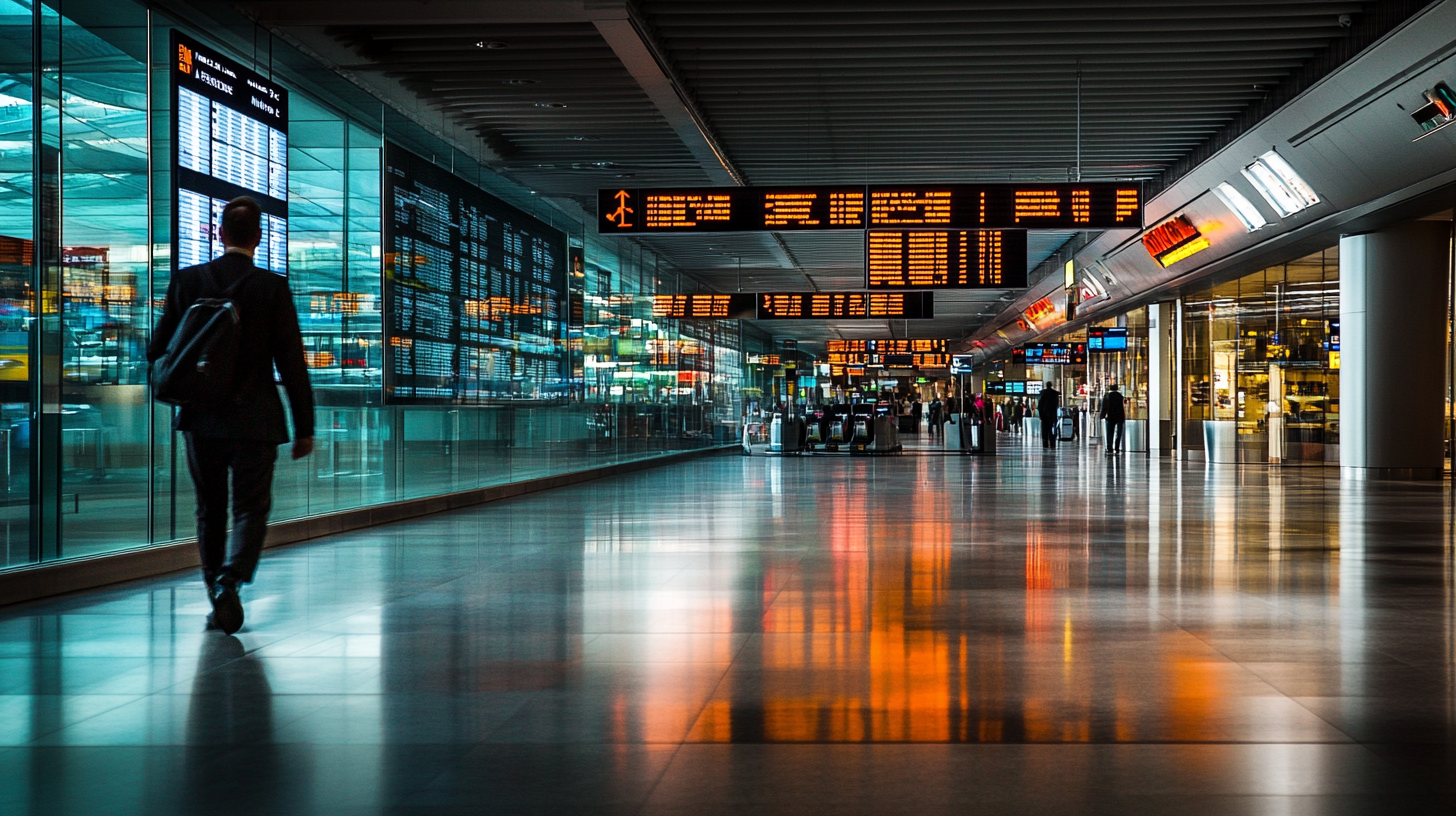
Flight delays and cancellations are common challenges. Stay informed by monitoring flight statuses through airline apps or airport displays. Have contingency plans, such as alternative flights or transportation options, to mitigate disruptions. Familiarize yourself with airport layouts to efficiently navigate between terminals and gates. Taking advantage of airport lounges can provide a comfortable space to work or relax during layovers, turning idle time into productive hours.
Staying Connected

Maintain seamless communication with colleagues and clients. Utilize portable Wi-Fi devices or international data plans to ensure internet access. Schedule regular check-ins to update your team on progress and developments. Be mindful of time zone differences when arranging meetings or calls. Using communication tools and platforms that support time zone scheduling can alleviate confusion and ensure effective collaboration.
Expense Tracking
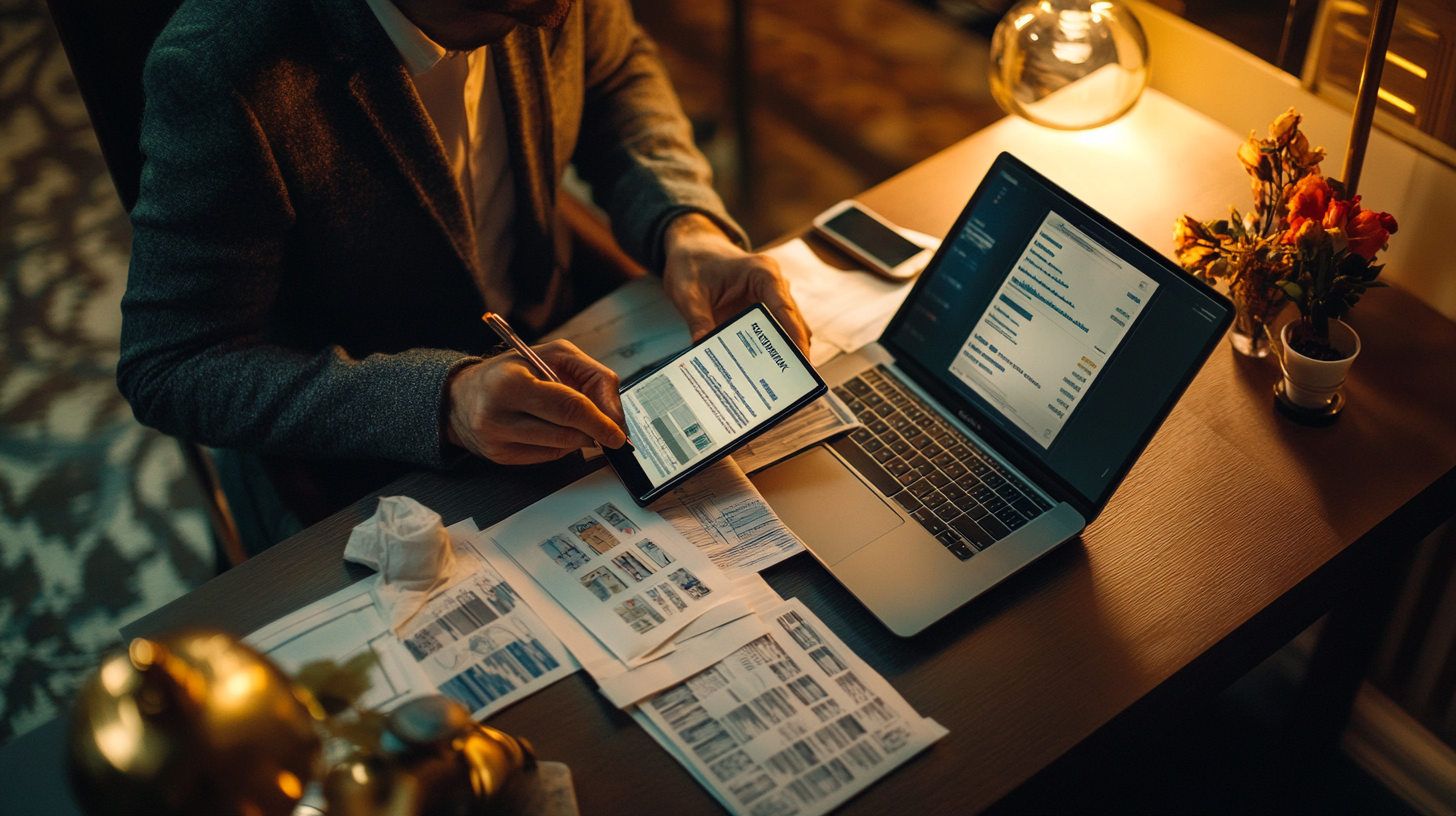
Keep track of all business-related expenses diligently. Organize receipts and invoices as you go, either physically or by scanning them into an expense-tracking app. Categorize expenses immediately to simplify the reimbursement process upon your return. Maintaining detailed records, as suggested in streamlining business travel expense tracking , ensures compliance with company policies and aids in budgeting for future trips.
Health and Wellness

Incorporate wellness into your itinerary. Stay active by using hotel gym facilities, taking advantage of swimming pools, or exploring local parks through walking or jogging. Mindful eating and staying hydrated are crucial for maintaining energy levels and focus during your trip. Adequate rest is essential; try to maintain a regular sleep schedule and consider time zone adjustments to minimize jet lag. Practicing stress-reduction techniques like deep breathing or meditation can also enhance your well-being while traveling.
Enhancing the Business Trip
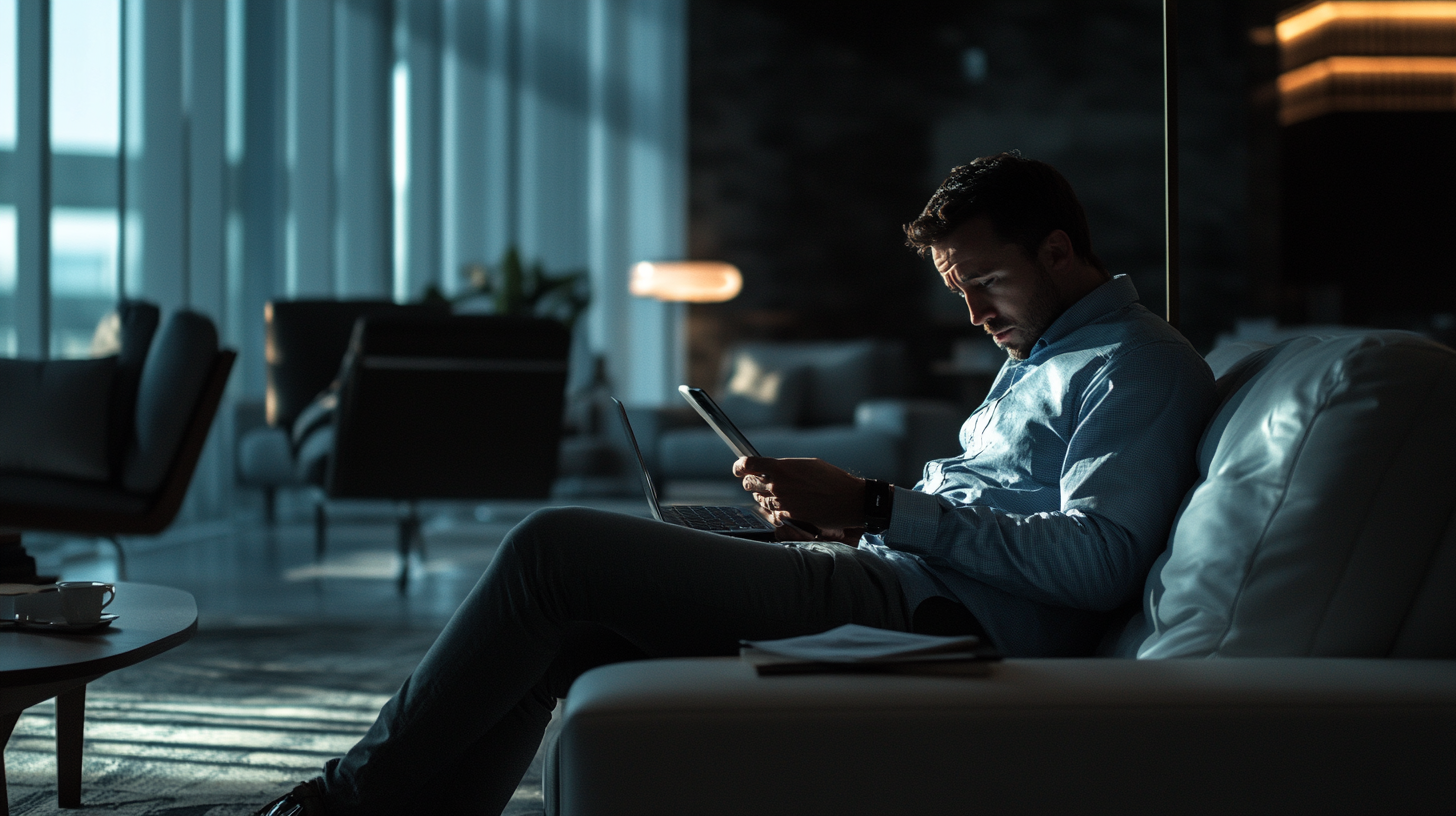
Exploring Local Cuisine

Take the opportunity to experience local cuisine. Such experiences can provide cultural insights and also serve as informal networking opportunities when dining with clients or colleagues. Exploring renowned restaurants or hidden culinary gems can enrich your trip and leave a lasting impression. Be open to trying new dishes, and consider any dietary restrictions or preferences in advance.
Networking Opportunities

Attend industry events, conferences, or local business meetups if time permits. Expanding your professional network can open doors to new partnerships and collaborations. Engage in conversations with other professionals, exchange contact information, and follow up after the event. Leveraging platforms that list local business events can help you find relevant opportunities during your stay.
Cultural Engagement

Understanding local customs and etiquette can enhance business relations. Engage with the local culture respectfully to build rapport with international clients and partners. Learning a few basic phrases in the local language or being aware of cultural norms demonstrates respect and can facilitate smoother interactions. Visiting cultural sites or participating in local traditions can also enrich your personal experience abroad.
Post-Travel Follow-Up
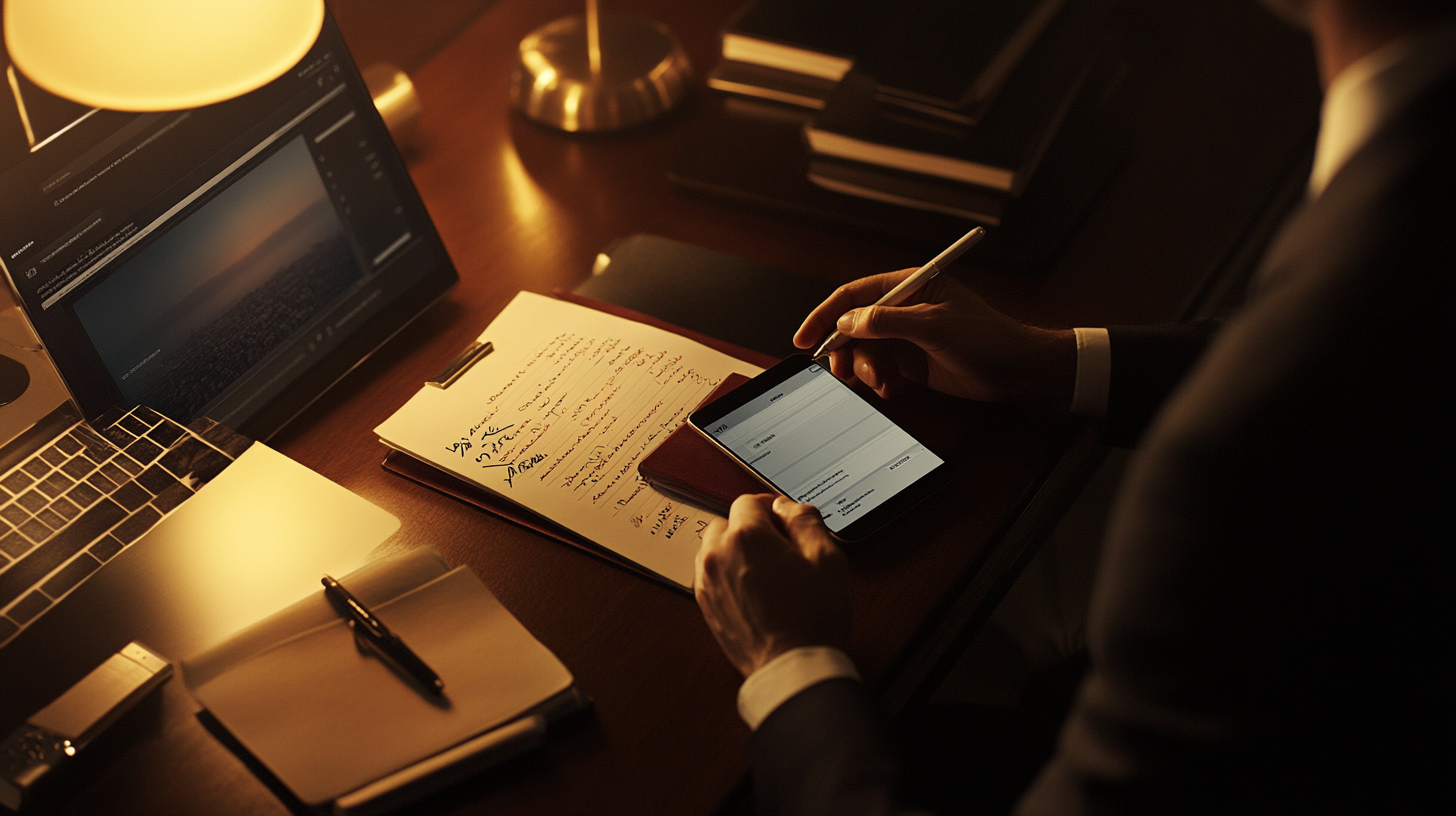
Wrapping Up Tasks

Upon returning, promptly address any outstanding tasks. Complete expense reports, send follow-up emails, and share insights or reports from your trip with your team. This ensures continuity and leverages the benefits of your travel endeavors. Scheduling debrief meetings can also help disseminate valuable information gathered during your trip to relevant stakeholders.
Review and Reflect
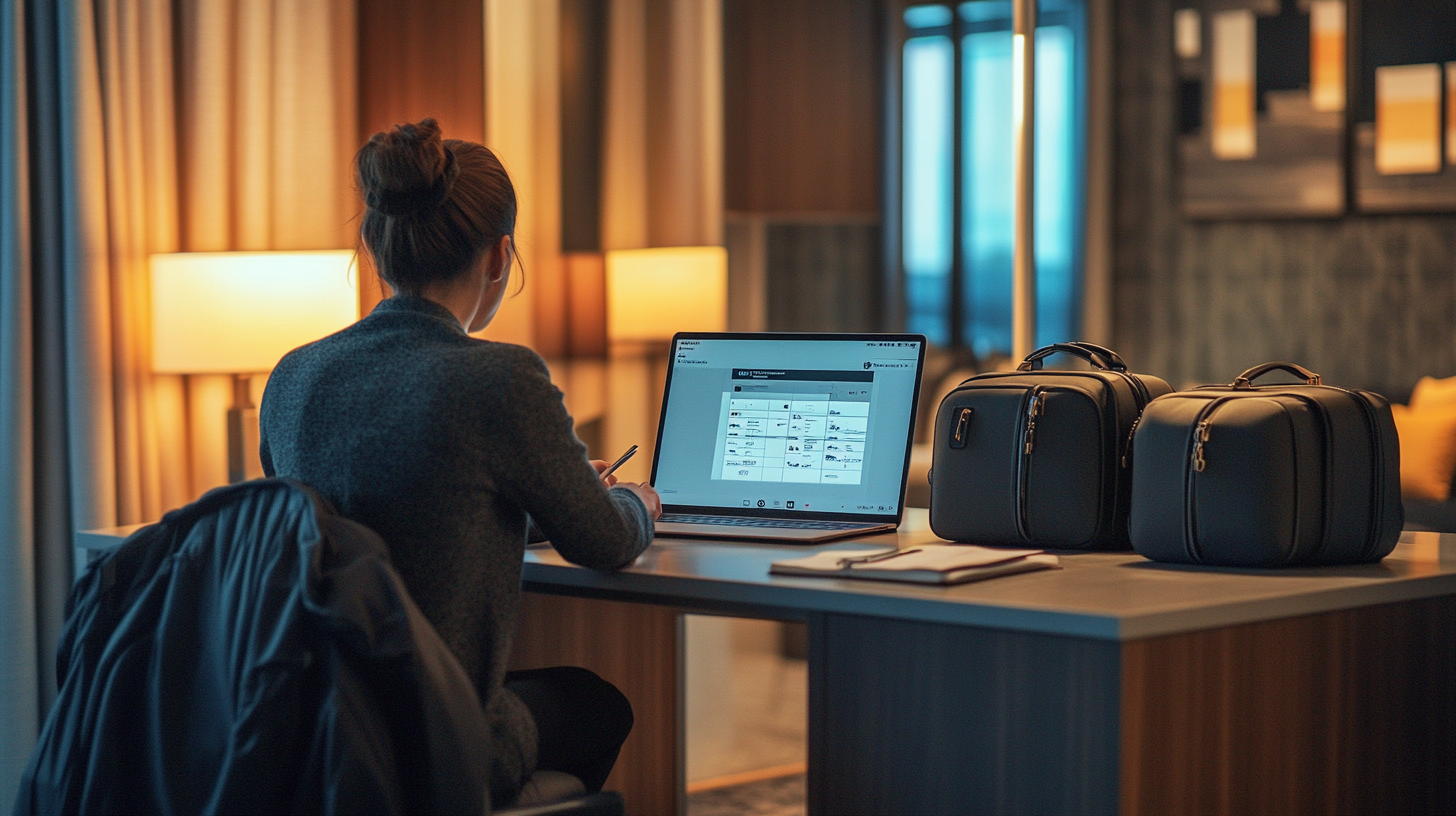
Evaluate the success of your trip. Reflect on what went well and identify areas for improvement in future travels. Consider feedback from clients or colleagues and assess whether your objectives were met. Continuous refinement of your travel planning enhances efficiency and outcomes over time. Documenting lessons learned and best practices can serve as a reference for yourself and others in your organization.
Final Thoughts

Each business trip is an opportunity for professional growth, valuable experiences, and meaningful connections. By meticulously planning and utilizing a comprehensive checklist, you can minimize stress and maximize productivity. The key to seamless business travel lies in thorough preparation, efficient packing, and proactive management of both professional and personal responsibilities.
Follow us back to Seat 5A for more insights and tips on optimizing your travel experiences. With the right strategies in place, you can focus on achieving your business objectives and making the most of every journey.
This blog post was AI-written / human assisted.
